Faro Old Town
Faros venerable Cidade Velha (Old Town) is the citys most interesting quarter and can be appreciated at a leisurely pace on foot. Set within a circle of medieval walls, the whole vicinity is a veritable time capsule reflecting Faros brief golden age in the 16th century. The landmark cathedral and cloistered convent are set alongside a patchwork of narrow, cobbled streets with some inviting cafs and shops. (For further details see .)  Tourist office by harbour 289 803 604
Tourist office by harbour 289 803 604
 Google Map
Google Map
Se (Cathedral)
The interior of the 13th-century cathedral reveals a fusion of the Gothic, Renaissance and the Baroque: the Capela de Nossa Senhora dos Prazeres, especially, is a jewel of Baroque art, with splendid gilded and lacquered woodcarvings, inlaid marble and a surround of polished azulejos.
 Google Map
Google Map
Museu Arqueologico
Gargoyles in the shape of animals embellish the delightfully secluded Renaissance cloisters of this former convent, which imaginatively incorporates the museum. Highlights include a huge Roman floor mosaic, a collection of Moorish oil lamps and an exquisite 16th-century Eucharistic safe. (For further details see .)  Museu Arqueolgico open 10am7pm (6pm winter) TueFri, 11:30am6pm (10:30am5pm winter) Sat & Sun Adm
Museu Arqueolgico open 10am7pm (6pm winter) TueFri, 11:30am6pm (10:30am5pm winter) Sat & Sun Adm
 Google Map
Google Map
Igreja de Sao Francisco
Stunning azulejos panels depicting the life of St Francis adorn the walls of this 17th-century church. The vault contains an outstanding polychrome panel showing the coronation of the Virgin.  Igreja de Sao Francisco Open 8:30am-6:30pm MonSat, 9am-6:30pm Sun
Igreja de Sao Francisco Open 8:30am-6:30pm MonSat, 9am-6:30pm Sun
 Google Map
Google Map
Paco Episcopal
The original building was plundered and damaged by the Earl of Essex in 1596. Rebuilt again after the 1755 earthquake, its still in use today, but closed to the public.
 Google Map
Google Map
Arco da Vila
The grandiose arch was inaugurated in 1812. Tucked inside the arch is an 11th-century horseshoe gate, which is believed to have been built by the Moors and is the only one of its kind in the Algarve.
 Google Map
Google Map
Nossa Senhora do Pe da Cruz
Overlooking a pretty square, this 17th-century chapel is home to a lovely configuration of gilded wood carvings and a series of whimsical oil panels depicting scenes from the Old Testament. At the rear is a chapel with an 18th-century azulejos crucifix.
 Google Map
Google Map
Nossa Senhora do Repouso
Set into a niche in the castle walls, this small chapel lies in the shadow of the medieval Gate of Rest. Popular legend has it that Afonso III, fresh from his victory over the Moors, rested here.
Galeria do Arte Arco
Perched on top of the city walls, the Arco art gallery is worth a visit if only for its superb view of the Ria Formosa. A permanent collection of toys from the first half of the 20th century includes dolls, trains, planes and kitchen sets.
 Google Map
Google Map
Galeria de Arte Trem
Housed off the main square and part of a former military barracks, the Trem art gallery shares floor space with an excavated Roman arch built on Moorish foundations. The venue is a favourite among modern artists, both home-grown and visiting from abroad.
 Google Map
Google Map
Walls and Towers
The original castle walls were Roman, vestiges of which can still be seen today. The rest of the fortifications are the result of 16th-century labour. The exception is the Byzantine towers, added soon after the collapse of the Roman Empire and incongruous in their pentagonal design.
The Story of Faro
The Phoenicians and Carthaginians established trading posts on the banks of the Ria Formosa, which flourished into a major Roman port known as Ossonoba. The Moors fortified the town but couldnt halt the armies of Afonso III, who captured the city in 1249. A period of prosperity ended in 1596 when the Earl of Essex plundered and burned the city. Rebuilding began, but the 1755 earthquake destroyed it again, forever altering the urban make-up.

Tip: The 16th-century Porta Nova in the south wall is near the embarkation point for trips.

Tip: Cathedral entry includes access to the bell tower, which offers spectacular views of Faro.

Tip: The bar-restaurante



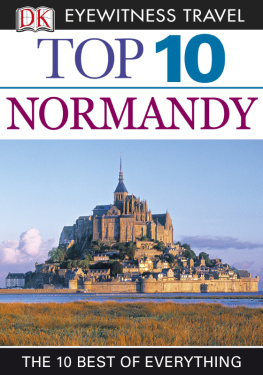


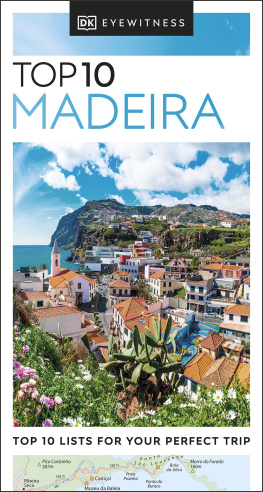


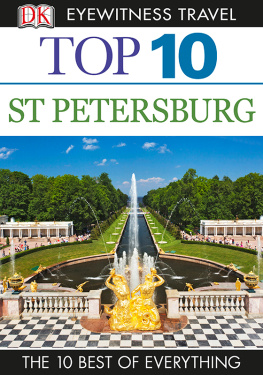















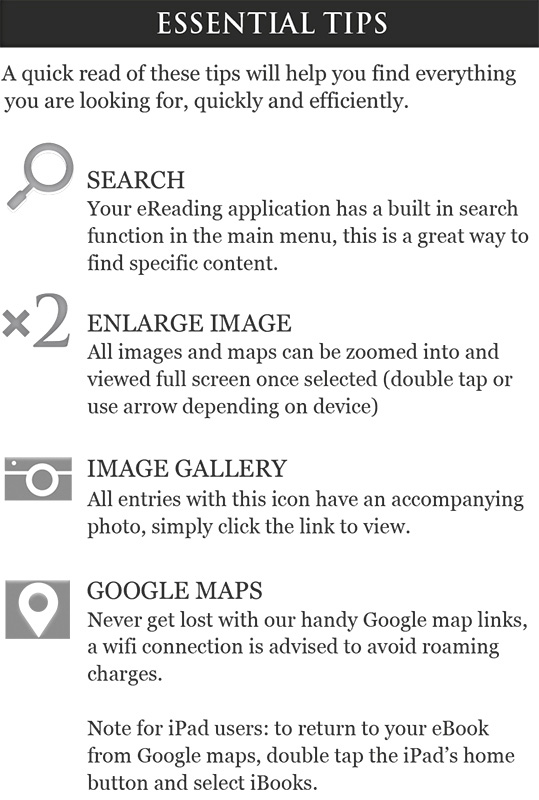

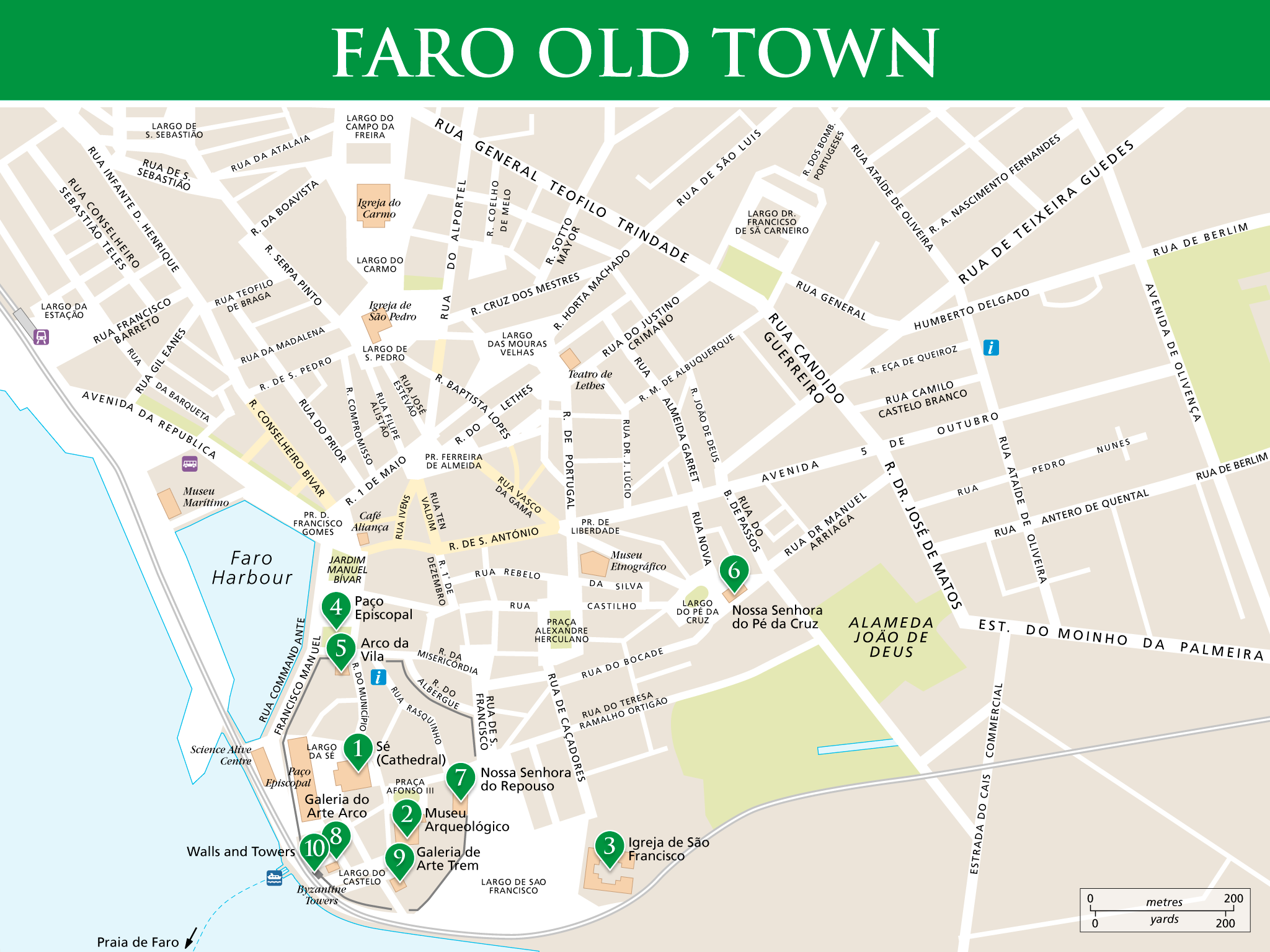
 Tourist office by harbour 289 803 604
Tourist office by harbour 289 803 604 Google Map
Google Map Tip: The 16th-century Porta Nova in the south wall is near the embarkation point for trips.
Tip: The 16th-century Porta Nova in the south wall is near the embarkation point for trips.